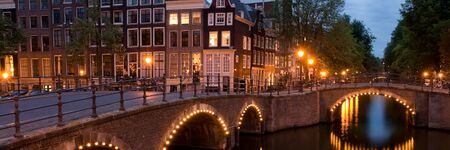Amsterdam Netherlands
- Members
Amsterdam is the capital and most populous city of the Netherlands; with a population of 905,234 within the city proper, 1,558,755 in the urban area and 2,480,394 in the metropolitan area. Found within the Dutch province of North Holland, Amsterdam is colloquially referred to as the "Venice of the North", due to the large number of canals which form a UNESCO World Heritage Site.
Activities
| Amsterdam IoT Living Laboratory and Beacon mile | ||
We provide public networks, open infrastructure and data for developers to accelerate emerging IoT innovations for Smart City solutions
| ||
Details
Amsterdam was founded at the Amstel, that was dammed to control flooding; the city's name derives from the Amstel dam. Originating as a small fishing village in the late 12th century, Amsterdam became one of the most important ports in the world during the Dutch Golden Age of the 17th century, and became the leading centre for the finance and trade sectors. In the 19th and 20th centuries, the city expanded and many new neighborhoods and suburbs were planned and built. The 17th-century canals of Amsterdam and the 19–20th century Defence Line of Amsterdam are on the UNESCO World Heritage List. Sloten, annexed in 1921 by the municipality of Amsterdam, is the oldest part of the city, dating to the 9th century.

